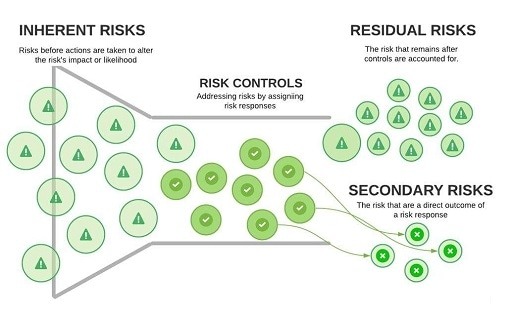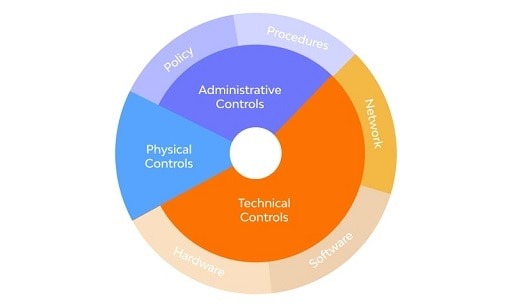PACS (Picture Archiving And Communication System) is a clinical imaging technology utilized principally in medical care associations to safely store and carefully communicate electronic pictures and clinically-important reports.
The utilization of PACS eliminates the need to physically document and store, recover, and send delicate data, movies, and reports. All things being equal, clinical documentation and pictures can be safely housed in off-site servers and securely accessed from basically anywhere on the planet utilizing PACS software, workstations, and cell phones.
Clinical imaging archiving technologies, for example, PACS are progressively significant as the volume of advanced clinical pictures develops all through the medical care industry and information examination of those pictures turns out to be more common.

The PACS and Hybrid Cloud PACS of Sepstream are carefully designed to meet all of your diagnostic imaging needs. Their systems accommodate a wide variety of health care divisions, including IDTF, emergency centers, orthopaedics, cardiology, hospitals, teleradiology, and numerous more for their Cloud PACS. PACS System Medical, Mini-PACS, and Teleradiology PACS.
You may also like: How Hybrid Working Standards And Accelerated Tech Plan Are Re-modelling Cloud Strategies
What Is PACS?
Maybe you’ve known about PACS; however, you aren’t exactly certain what it implies. PACS is a picture archiving and communication system. This system electronically stores pictures and reports rather than utilizing the old technique for physically documenting, recovering, and moving film coats, which are utilized for putting away X-beam film.
Who Uses PACS
While radiologists have predominately utilized PACS radiology customarily being the most productive maker of X-beam pictures PACS advances have been integrated into different divisions, for example, atomic medication imaging, cardiology, pathology, oncology, and dermatology.
Clinical pictures are taken and inspected for clinical investigation, conclusion, and treatment as a feature of a patient’s consideration plan.
The data gathered can be utilized to recognize any physical and physiological irregularities, outline the advancement of treatment, and furnish clinicians with an information base of typical patient outputs for later reference.
Having computerized admission to the most refreshed form of a patient’s clinical pictures, clinical reports, and history can facilitate and further develop care, decreasing the probability of treatment and solution blunders and forestalling repetitive testing.
Advanced admittance can likewise work on understanding well-being and save both the medical services office and the patient time and cash.
You may also like: How Is Edge Computing Different From Cloud Computing?
PACS Architecture
PACS has four significant parts: equipment imaging machines; a safe organization for the dispersion and trade of patient pictures; a workstation or cell phone for a survey, handling, and deciphering pictures; and electronic chronicles for putting away and recovering pictures and related documentation and reports.
Thus, PACS has four fundamental purposes. The technology:
- Replaces the requirement for printed copy movies and the executives of actual documents.
- Considers remote access, empowering clinicians in various actual areas all the while auditing similar information.
- Offers an electronic stage for pictures communicating with other clinical mechanization systems like a medical clinic data system (HIS), electronic well-being record (EHR), and radiology data system (RIS).
- Permits radiologists and other radiology and clinical faculty to deal with the work process of patient tests.
You may also like: Cloud File Servers: A Beginner’s Guide
What Is Cloud-Based PACS?
Imaging data systems like PACS have supplanted the need to store and oversee printed copy movies and reports in space-consuming racking and rooms. All things considered, clinical pictures and non-picture information can be safely put away carefully on-premises or in the cloud.
Cloud-based PACS stores and backs up an association’s clinical imaging information to a safe off-site server. This is expected in the U.S. by the HIPAA Security Rule, which administers the protection of patient data. A cloud PACS likewise empowers clinical staff to see clinical imaging information from any endorsed gadgets, for example, a cell phone.
Would you like to read more about Picture Archiving And Communication System-related articles? If so, we invite you to take a look at our other tech topics before you leave!










